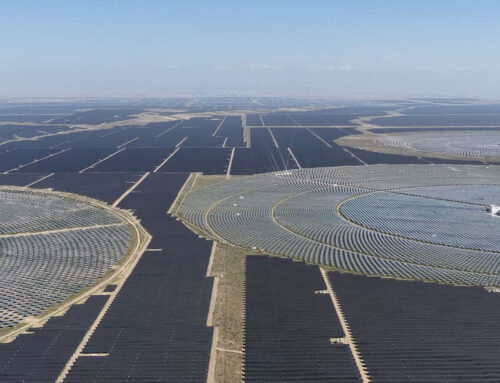MENA power demand soars, shifting regional electricity generation balance
October 12, 2025
The MENA region, which is the Middle East and North Africa region, has seen significant increases in power demand in the past few years. The overarching conclusion is that the region needs to balance shifting regional electricity generation in order to foster significant growth to meet the rise in electricity demands. Luckily, the region has vast amounts of renewable energy resources available, so one would expect the nations in the area to develop innovative projects that aim to meet the rising demands for electricity.
Several nations’ policies call for an increase in renewable energy generation
The world has slowly begun to accept the fact that we need to transition away from fossil fuels, and a report from the International Energy Agency has stated that reliance on the coal sector is due to shrink in the coming years in favor of more environmentally friendly forms of energy generation.
Luckily for the countries in the MENA region, the natural resources at their disposal allow for the renewable energy sector to play a vital role in the future of the energy industry in the region.
The report by the EIA states that electricity demand in the Middle East and North Africa tripled between 2000 and 2024 due to increased population numbers as well as improved economic conditions for residents.
The report states that under the current policy settings, MENA’s electricity consumption is projected to rise by another 50% by 2035. At that point, it would add the equivalent of the current demand of Germany and Spain combined.
The Energy Information Agency has underscored the importance of increased energy capacity in the MENA region
The Energy Information Agency is crucial to the industry’s plans to transition away from conventional energy generation in favor of the renewable energy sector. For many years, the agency has reported crucial numbers and statistics that reveal where the sector is headed.
In a recent report, the agency outlined the future for the MENA region.
“Demand for electricity is surging across the Middle East and North Africa, driven by the rapidly rising need for air conditioning and water desalination in a heat- and water-stressed region with growing populations and economies. The region has already seen the third largest growth in electricity consumption globally since the start of the century, after China and India. To meet this demand, power capacity over the next 10 years is set to expand by over 300 gigawatts, the equivalent of three times Saudi Arabia’s current total generation capacity,” – IEA Executive Director Fatih Birol
Despite the apparent transition to renewable energy, some countries still rely on the coal sector to meet their energy needs. Regardless, the IEA director added that he believes “Based on the policy plans of governments across the Middle East and North Africa, the region is set to steadily shift away from using oil for electricity generation over the next decade, with natural gas, solar, and nuclear all expanding.”
“This is set to change the power mix considerably, with implications for global energy balances and emissions.” – IEA Executive Director Fatih Birol
MENA power sector investments are due to reach unprecedented levels by 2035
The MENA region is perfectly placed to take advantage of the renewed interest in the renewable energy sector. The report from the EIA has stated that the region has seen $44 billion in investments in the energy sector in 2024, with a further 50% increase forecasted for the next few years. As several nations have seen the outlook for the coal sector significantly reduced in recent months, the renewable energy sector will play a more critical role in the future for the MENA region overall. MENA has the potential to become a global leader in efficient energy production.
Author Profile
Search
RECENT PRESS RELEASES
Related Post




